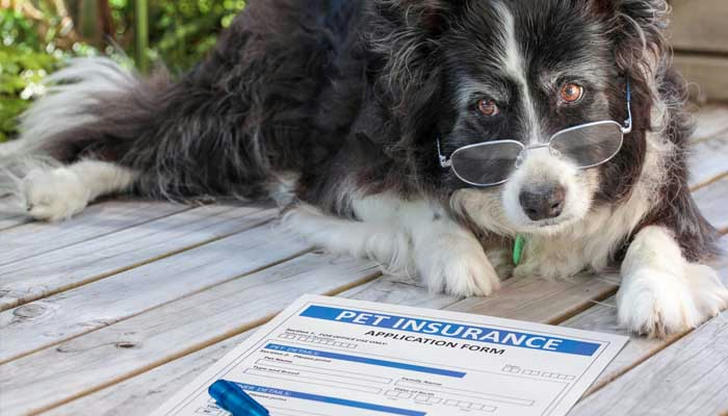Why is Pet Insurance So Expensive?

Pet insurance can be a lifesaver for pet owners who would want to cover pets from those sudden veterinary costs, though many pet owners get shocked at the high premiums attached to purchasing pet insurance. However, knowing why this pet insurance is that costly should help one make good decisions about which coverage to opt for. This blog examines why pet insurance is so expensive, what makes premiums more costly, and why, for example, dog insurance should be more expensive than other types of pet insurance.
Factors Causing High Pet Insurance Expenses

There are various other specific reasons for higher premiums.
Breed-Specific Health Issues
One reason why different breeds carry various risks of health issues is a significant factor in determining the cost of insurance. A good illustration of this is large dogs such as Great Danes or German Shepherds, whose hip dysplasia increases their risk of having problems that lead to expensive treatments.
Conversely, some small breeds are supposed to be at risk of genetic health issues or other breathing problems, such as Bulldogs and Pugs. Pet insurance companies take all these breed-specific risks into account when setting premiums.
Location and Regional Differences
Where you live can also affect your pet insurance costs. Veterinary costs vary depending on the region, with urban areas often having higher fees due to increased demand and operating costs.
Additionally, insurance companies may price policies based on regional health trends, such as common diseases or environmental factors that may affect pet health. For example, areas with higher incidents of tick-borne diseases may have higher premiums.
Type of Coverage
The type of coverage you choose also plays a major role in the cost of pet insurance. Accident-only plans tend to be cheaper than comprehensive accident and illness plans as they have limited coverage. Those plans that encompass wellness care, preventive treatments, or alternative therapies are usually more expensive because they provide wider coverage and higher reimbursement levels. Adding extra coverage options like dental care or behavioral therapy will make your premium high.
Age of the Pet
The age of your pet also plays a crucial role in your premium payments. Older pets are more susceptible to developing health conditions that have costly treatments. Due to this reason, pet insurance companies charge more for older pets. Some companies may refuse coverage for old pets or will make it challenging and expensive for them to cover.
Most insurance companies add riders to your main policy, which would include coverage for dental care, alternative medical treatments, like acupuncture, or wellness plans that cater to preventive care. While riders can be helpful, they do add to the cost of premiums. So, if you want to have control over higher costs, consider whether the optional covers are worth the added premium.
Why is Pet Insurance More Expensive for Dogs?

Dog insurance is more costly than pet insurance which covers other animals like cats or small mammals. There are various reasons why it costs more.
Dogs are more prone to health problems
Dogs, depending on breed, have a tendency to suffer from a myriad of health problems that only add to the cost of insuring them. Diseases such as hip dysplasia, cancers, heart conditions, and oral issues can be expensive to treat. Since dogs generally experience more involved health issues than other animals, the insurance premium for a dog is typically more expensive to account for larger claims.
Varieties and Lifespan of Dogs
Dogs come in a much wider range of varieties and lifespans than most domesticated animals. Larger dogs tend to cost more in premiums because they are generally prone to joint issues, heart conditions, and other age-related issues. On the other hand, smaller dogs tend to live longer, and insurers must provide coverage for an extended period, which again raises the premium.
Number of Vet Visits

Generally, more routine veterinary care is required for a dog than for a cat or a smaller animal from vaccinations through check-ups to treatments for common health issues. With the treatment costs and the frequency of visiting veterinarians, premiums for dog insurance are generally higher.
Demand for Coverage
Because dogs constitute the majority of the pets that are insured, there is increased competition for pet insurance companies targeting dog owners. Although competition may be beneficial in terms of offering better coverage options on occasion, it makes insurance very expensive since many people wish to insure their dogs and offer good coverage.
Conclusion

High-end pet insurance owes its reasonableness to a host of factors, such as rising veterinary costs, health risks associated with certain breeds, and the age of your pet. Since dogs represent a more significant risk to health and require more expensive care, their insurance often runs higher compared to that of other pets. This means that knowing these factors allows for better decisions when it comes to your pet's insurance and finding the best plan for their needs.
